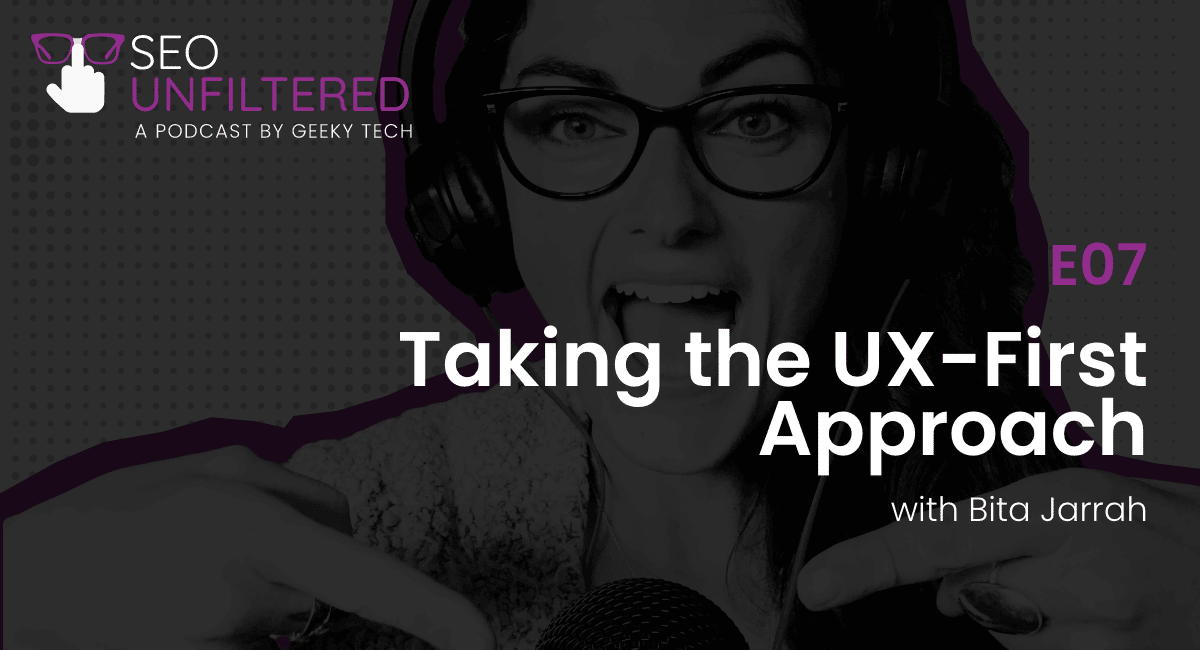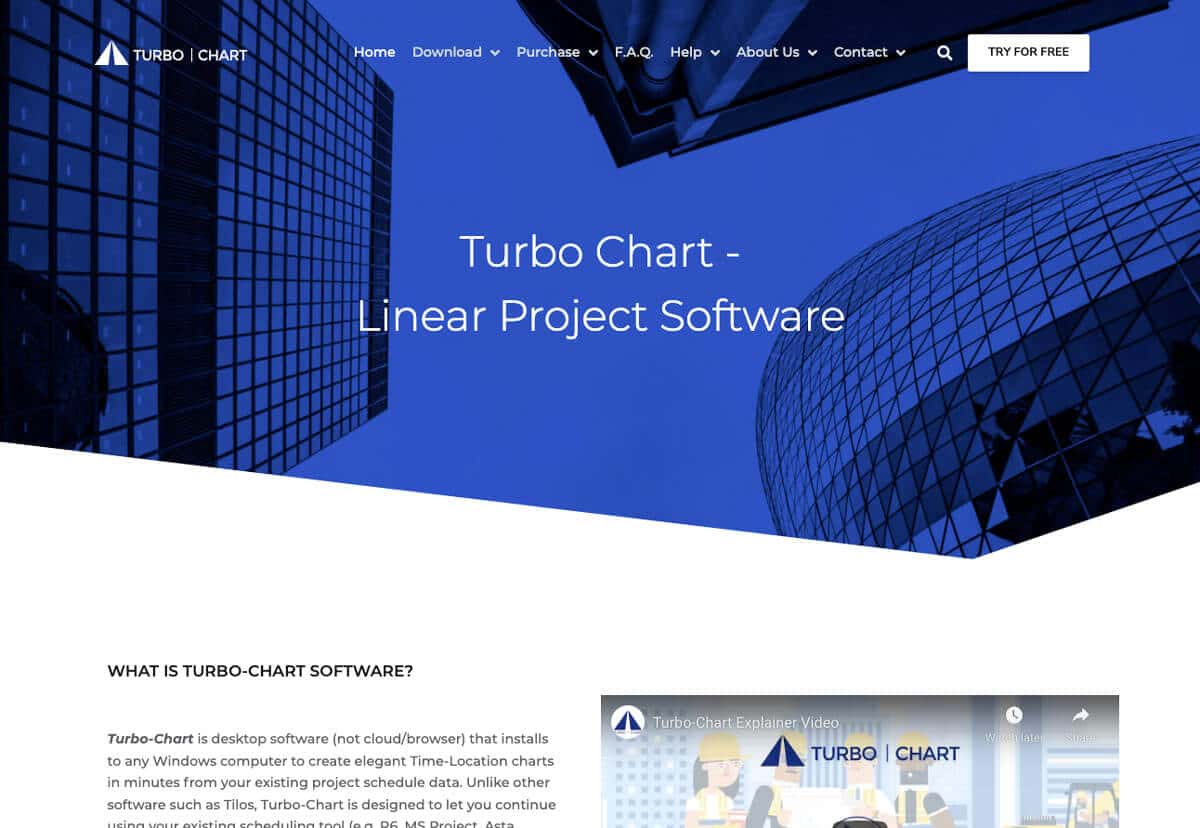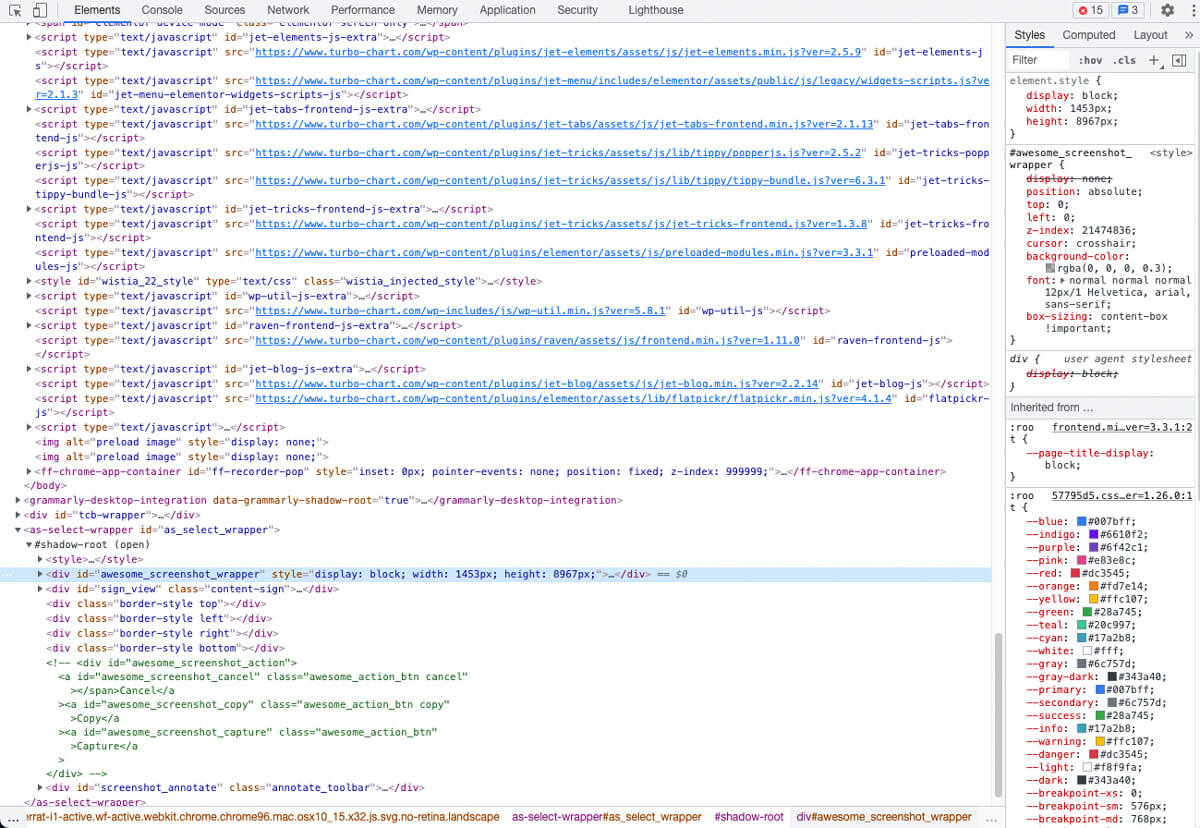This month, we went on a magical mystery tour of keyword research and strategy. We learned that keywords help us rank higher in Google, attract more high-quality traffic, and beat out your competitors.
This week, we’re moving on to the second foundation of SEO: on-page optimisation. Be prepared: things are about to get extremely geeky.

Quick Facts About On-Page Optimisation
Its purpose: To improve site functionality, user experience (UX), and indexability
The Function of On-Page Optimisation
If more traffic and higher rankings is the ‘why’ then on-page optimisation is the ‘how’. On-page optimisation improves how your site works, how it’s seen and accessed by your customer, and whether it’s indexed by Google.
Similar to the keyword research phase of your SEO strategy, on-page SEO is just another vital step toward achieving better rankings. Only, this is the part where we actually do something with that fancy list of rankable keywords you have.
The goal of on-page optimisation is to make sure your customer can find the relevant page on your website via a search engine. Pretty simple, right?
What Is On-Page Optimisation?
On-page SEO is all about putting your keyword strategy into action. It’s not enough to just spray your keywords all over your pages and call it a day. As we stated in the related post, there’s a science behind this implementation. We take your keyword research and optimise not just your content, but your URLs, links, and title tags.
*A note about ‘keyword stuffing’: Overloading your site with keywords could actually lower your rankings. That’s because Google only wants to send users to the best sites, and your content probably won’t seem that great if it doesn’t make sense—which it inevitably won’t if every sentence on your page includes ‘Hogwarts party supplies Derby’. The density of your keywords actually only needs to account for roughly 2% of your copy.
On-page SEO also covers the functionality, speed, and mobile-friendliness of your webpage. At Geeky Tech, we run through a pretty intense checklist that covers both keyword density and technical functionality at the same time.
At this stage, we look at everything that happens behind the scenes to make your website work...or not work. The purpose of this investigation is to find out what we can do to improve user experience and Google’s ability to rank you properly.

Why Is On-Page Optimisation So Important?
On-page optimisation is so important because it a) helps Google understand what your site is all about, which means it knows how to rank you, and b) it maximises user experience.
On-page SEO ensures we’re maintaining the balance between serving users and serving Google’s algorithms. Keep in mind, as the world’s biggest search engine, Google wants you to focus on the user experience—that’s why they’re the best. So, while you should always use Google’s elusive ranking factors to navigate your SEO efforts, you always need to remember that it’s the user—your potential customer—that matters.
We’ve all landed on horrible websites: blinding colour contrasts, links that lead to nowhere, endless scrolling, or pages of information that are buried so deep within the site structure, you can never find them again. And we all know how many seconds it took for us to bounce right out of the page, shut down the computer, shove it under the cushions, and take a cold shower.
This isn’t just the fault of design. This is the result of poor planning, a disregard for user accessibility, and a certain level of laziness/ignorance.
Clearly, we want to avoid that. That’s why proper on-page SEO is so important.
How Often You Need to Check On-Page SEO
Although your site may appear fit as a fiddle, it could have some technical issues that are causing your traffic to plateau or decrease—this happens more than you think.
After your initial site-wide housekeeping—where you literally run down a list of things that need checking and fixing—your site needs on-page maintenance whenever you make a change to your site.
In an ideal world, this wouldn’t be the case. You might even be wondering why your site’s not perfect to begin with. There are quite a few reasons your site needs your technical attention—not just once but on an ongoing basis:
- The ‘expert’ who built or migrated your site did something wrong (*sigh*).
- You deleted pages without setting up redirect links.
- You’ve added new pages and want to rank for them (or make sure you aren’t cannibalizing existing pages).
- The information about your business is incorrect, inconsistent, or outdated.
The list goes on and on. Once these on-site issues have been fixed, there’ll be nothing to stop the traffic from pouring in. On the flip side, it’s also really easy to mess with your site’s technical SEO and slow your traffic right down.
There Are Two Ways Not to Screw up Your On-Page SEO:
We’re not saying this to be cheeky. We encourage more marketing decision-makers to upskill and learn as much as they can about how to correctly optimise their webpages without having to outsource. But we do want to stress the importance of technical accuracy and why on-page optimisation is so vital to your SEO efforts.

Understanding Your Website’s Language
On the surface, your pages will never actually look that complicated, which is often why we’re tempted to take the initiative and fix/add/delete things ourselves. You can easily understand and describe what you’re seeing on any given webpage. For example, here’s a screenshot of a customer’s homepage:
Your Site Is Already Using Keywords
Getting your keywords on the page comes naturally. I mean, if you sell men’s shoes, your web content probably already has rankable search terms containing something similar to ‘men’s shoes’ (unless you’re doing something really, really wrong).
Many web pages already are optimised for certain keywords, which is great! That means you’re in the race. But in a world where 75% of users never bother checking out page two of the SERP (that stands for search engine result pages, by the way), you could be getting way more traffic than you are now by diversifying your keyword terms.
Understanding User Intent and Search Behaviour


- A blue header with a title and a picture of buildings in the background.
- A menu bar across the top part of the page.
- A box of text on the bottom left-hand side of the screen.
- An embedded video on the bottom right-hand side.
- Hundreds and thousands of lines of code.
The above sample is just a small snippet of your website’s language. Your website’s code not only tells Google how to display your pages, but also what those pages mean. This is how Google reads your website, and it’s from this code that Google is able to properly crawl your site for indexing—this all happens before your page even ranks.
Migrating Your Site: A Potential SEO Nightmare
You may have been introduced to on-page SEO for the first time when you decided to migrate your website. A site migration is when you move your website domain and/or platform somewhere new. If done incorrectly, a migration can actually destroy all your hard SEO work (ouch). Seriously, you could lead all your traffic to a 404 error page and tank your rankings.
If done correctly, you shouldn’t see any difference in your current rankings or traffic, and anyone who tries to reach your old site will be redirected to the new one.
Migrating your website without doing the proper prep is like hiring movers without packing anything in boxes or giving them the new address. Things get broken and stuff gets lost. Ideally, your company will have prepared your site for a migration before the big day to ensure the transfer is seamless and that you don’t lose your rankings.
We highly recommend working with a professional digital marketing agency during the pre- and post-migration stage.
Understanding Site Structure
Your site’s structure is like a family tree. It shows which pages are linked and how your site’s page hierarchy is organised. Good on-page SEO means your site structure is straightforward and intuitive for the user. For example, most web-savvy people know they can find a business’ physical address by clicking on the contact page.
A well-planned site structure also gives Google a better understanding of what pages are the most important to display in search results. Believe it or not, web crawlers are not only looking for content—they’re looking for context. Your site structure is the map that helps crawlers navigate your site.
Ideally, every page should be available within two clicks from the homepage. Your structure should be uncluttered and your menu intuitive.
While some websites naturally need more pages than others, it becomes increasingly important to maintain a strict structure when you have a large site. Even if your site needs a hundred pages, users should easily figure out how to find what they’re looking for.
Below is an example of basic site structure and just one of the many things on-page SEO covers:
What SEO Agencies Flag, Fix, and Improve During On-Page SEO Audit
Whoever is in charge of your website should always be using an SEO checklist. You can build this checklist on your own or find a template online. But again, this is usually done on the agency side. (Our Geeks will find any opportunity to use a spreadsheet.)
The problem with depending on ‘SEO site checker’ plugins like Yoast is that you’re not really seeing the full picture. So, you may be hitting all those green traffic lights but still have glaring issues that will continue to eat away at your ranking potential.
While these plugins are helpful, you definitely want to make sure you’re working with a company that offers more than a handful of the most egregious on-page SEO faux pas.
For example, Geeky Tech’s checklist covers well over a 100 points, not including the checks we make on a monthly basis for our clients’ new landing pages.
Here are just some of the kinds of checks, fixes, and improvements we make to optimise your web pages (be impressed…be very impressed):
- Mobile friendliness
- Multi-browser compatibility
- UX/accessibility
- Duplicate content
- PageSpeed and performance
- GDPR
- Existing redirects and redirect chains
- Sitewide schema
- HTML language attributes
- Valid SSL certificate
- XML sitemap
- Breadcrumbs (on the page and on the SERP)
- Social media links
- Open Graph settings
- Keyword density
- Google services and Bing Webmaster setup
- Self-referencing canonical tags
We check these features for three reasons:
For easy navigation and customer engagement.
For more organic and relevant site traffic.
For bolstering data-driven ad campaigns and future SEO.
Our Motto: If a Competitor Does It, How Can We Do It, But Better?
On-page optimisation—much like keyword research—is partly reactive. Although there are certainly some best practices you should follow no matter what, SEO techniques are often in response to what competitors are doing. This is sometimes referred to as the ‘skyscraper method,’ the act of building on your competitors’ success.
We most often see this when we’re analysing your site’s content and keyword density. Your content’s ideal keyword density should always be around 2%; however, if there’s a high-ranking webpage with a keyword density of 4% or 5%, we know that since your competitor’s ranking didn’t take a hit from their slightly high density, yours won’t either.
(If you were paying attention in our Keyword Research & Strategy Segment, you will have already recognized that being nosy is part of the SEO game.)
Don’t Be a Hero: Use On-Page Optimisation Tools
Even the most skilled SEO agencies have an arsenal of professional tools at their disposal. Doing everything manually paves the way for human error and takes much longer (and costs more). On the flip side, you also want a team that can quickly check that automatic updates or fixes were done correctly, because as intelligent as AI is, it’s prone to make mistakes too.
With that said, here are some advanced tools that agencies like Geeky Tech uses to cover all the bases:
Unlike keyword research tools, many of the above-mentioned sites require some level of knowledge and experience to be used correctly.
Why You Can Trust the Geeks to Know About On-Page Optimisation
Geeky Tech is a digital marketing agency that specialises in SEO, paid advertising, and web design and management. We love working with world-changing technology companies from all over the globe and partnering with other Geeks who speak our language. This article has been reviewed by our on-page SEO specialists and based on our own tried-and-tested techniques. We’re pretty obsessed with anything to do with SEO, and everything we write is based on our own practices.
Join us in our three-part series we like to call ‘SEO Fundamentals’ to give you a solid understanding of the three main areas of SEO and why they’re so gosh-darn important for your digital marketing efforts. And, in case you missed it, check out SEO Fundamentals: Understanding Keyword Research & Strategy. We recommend starting there!
- The function of on-page optimisation
- What on-page optimisation actually is
- Why on-page optimisation is so important
- How often you need to do on-page SEO
- What you see vs. what Google sees
- Why on-page SEO is crucial for a site migration
- What site structure is all about
- What is flagged, fixed, and improved during on-page seo audit
- Why we spy on your competitors
- What tools are used during an on-page SEO audit
- Why you can trust us









